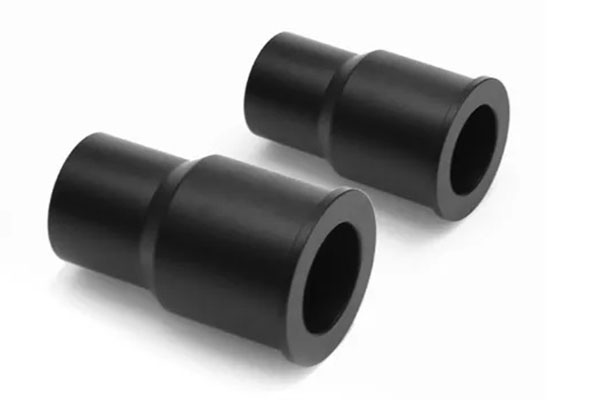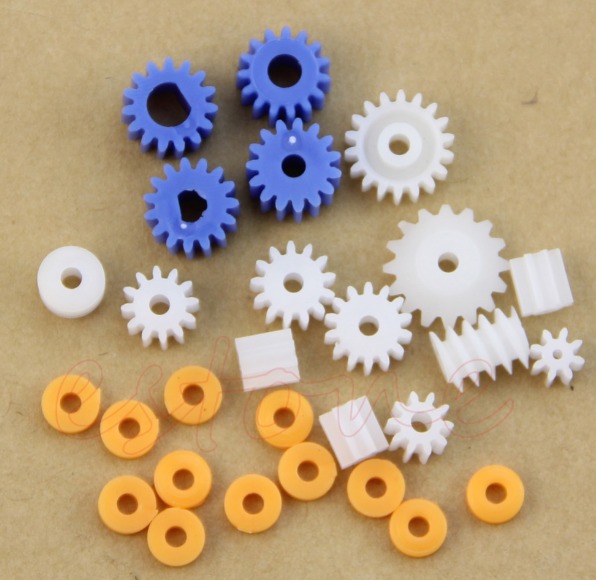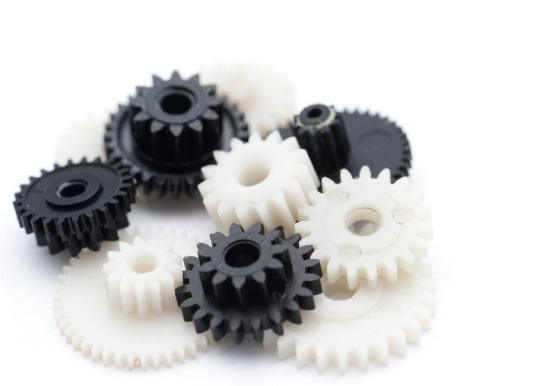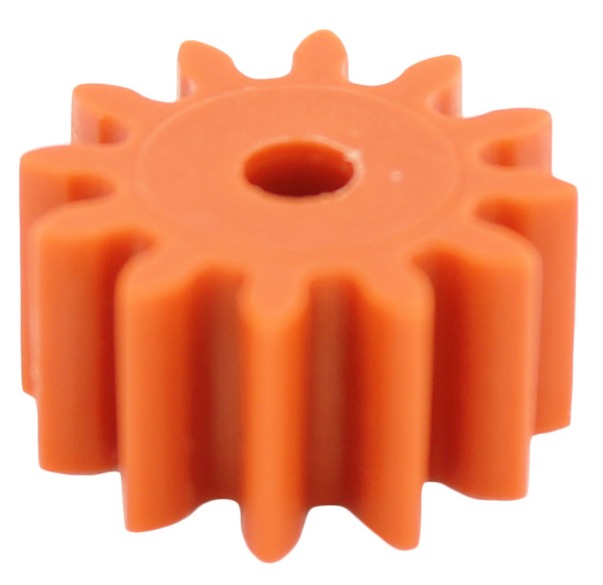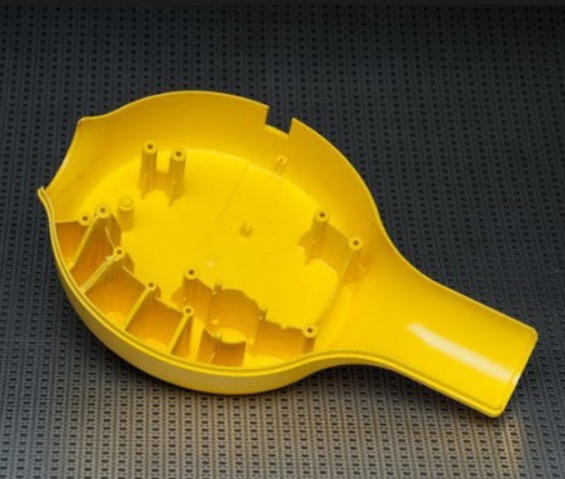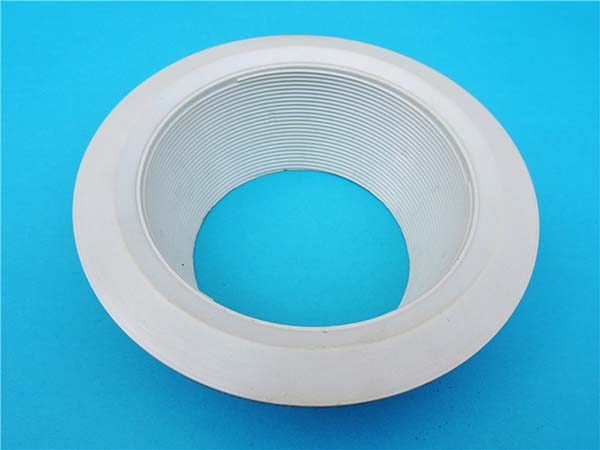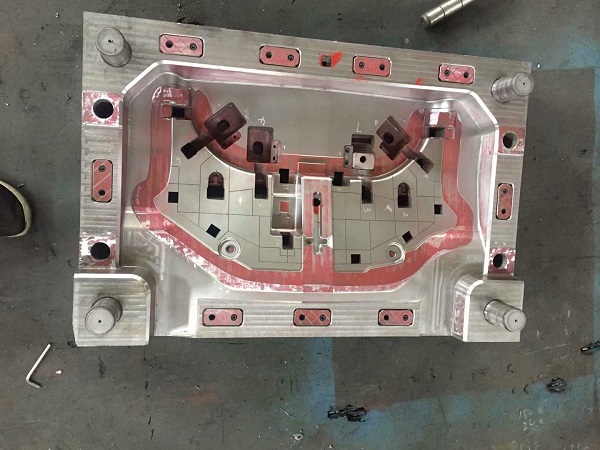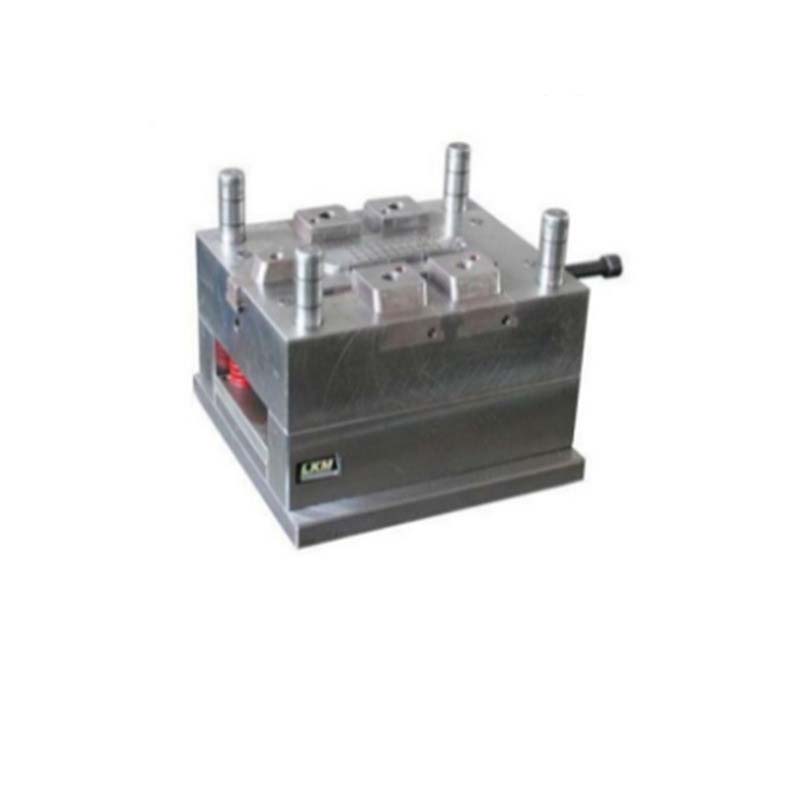Introduction to the Plastic Revolution
The importance of the plastic revolution to the plastic manufacturing industry cannot be overstated. It has not only led to the creation of countless new products but has also significantly changed the way products are designed, produced, and distributed. For instance, before the plastic revolution, materials like metal, wood, and glass dominated manufacturing. These materials had limitations in terms of cost, flexibility of design, and weight. Plastics, on the other hand, offered a wide range of advantages such as low cost, high moldability, and lightweight properties.
In the automotive industry, for example, the use of plastics has been steadily increasing. According to a report by MarketsandMarkets, the global automotive plastics market was valued at \(43.34 billion in 2020 and is projected to reach \)60.64 billion by 2025, growing at a CAGR of 7.04% during the forecast period. Plastics are now used in car interiors for dashboards, seats, and door panels, as well as in exterior components like bumpers and body panels. This shift to plastics has allowed car manufacturers to reduce vehicle weight, improve fuel efficiency, and offer more design options.
This article will delve deep into the world of plastic manufacturing, exploring the various aspects that have contributed to the plastic revolution. Yigu Technology will examine the different types of plastics, manufacturing processes, emerging trends, and the challenges and opportunities that lie ahead in this dynamic industry.
Different Plastic Manufacturing Methods
Injection Molding
Process Details
Injection molding is one of the most widely used plastic manufacturing methods. The process begins with plastic granules, which are typically made of thermoplastic materials such as polyethylene (PE), polypropylene (PP), or acrylonitrile butadiene styrene (ABS). These granules are fed into the hopper of an injection molding machine.
The granules then enter the heating barrel of the machine. Inside the barrel, they are heated by electrical heaters or other heating elements. As the temperature rises, the plastic granules start to melt and turn into a viscous, molten state. This melting process is carefully controlled to ensure that the plastic reaches the optimal temperature for injection.
Once the plastic is fully melted, a screw mechanism in the injection unit is activated. The screw rotates and pushes the molten plastic forward, building up pressure. This high - pressure molten plastic is then forced through a nozzle and into a precisely designed mold cavity. The mold cavity has the exact shape of the final product, whether it's a small electronic component or a large automotive part.
After the mold cavity is filled with the molten plastic, a holding pressure is applied for a short period. This holding pressure helps to compensate for the shrinkage of the plastic as it cools and solidifies, ensuring that the final product has the correct dimensions and a smooth surface finish.
As the plastic cools, it gradually solidifies and takes on the shape of the mold cavity. The cooling process is often facilitated by a cooling system within the mold, which may use water or other cooling media to dissipate heat quickly. Once the plastic has solidified sufficiently, the mold opens, and the finished product is ejected, usually by ejector pins or other ejection mechanisms.
Applications
In the automotive industry, injection molding is used to produce a wide range of components. For Yigu Technology example, many interior parts such as dashboards, door panels, and seat components are made through injection molding. These parts require high precision and good aesthetic appearance. Door panels often have complex shapes with integrated features like armrests and storage compartments, which can be easily achieved through injection molding.
In the electronics industry, injection molding is crucial for manufacturing device housings. Smartphones, tablets, and laptops all have plastic casings that are typically injection - molded. These casings need to be lightweight yet strong enough to protect the internal components. They also often require a high - quality surface finish for a sleek look.
The toy industry also heavily relies on injection molding. Toys come in various shapes and sizes, from small action figures to large building blocks. Injection molding allows for the mass production of these toys with consistent quality and detail. For instance, action figures can have highly detailed facial features and body textures, which are accurately replicated through the injection - molding process.
Advantages and Disadvantages
| Advantages | Disadvantages |
| High production efficiency: Injection molding machines can operate continuously, and the cycle time for each product can be relatively short, especially for small - to medium - sized parts. Some simple plastic parts can be produced in a matter of seconds, enabling high - volume production. | High mold costs: Designing and manufacturing injection molds require specialized skills and high - precision machining equipment. The cost of a complex injection mold can range from thousands to hundreds of thousands of dollars, depending on its size, complexity, and the materials used. |
| High precision: Modern injection molding technology can achieve very high dimensional accuracy. The tolerance of injection - molded parts can be controlled within a few tenths of a millimeter, making it suitable for applications where precise fit is required, such as in the electronics and automotive industries. | Not suitable for small - batch production: Due to the high mold costs, the unit cost of products in small - batch production is extremely high. For example, if only a few dozen parts are needed, the cost of the mold will be a significant burden, making other manufacturing methods more cost - effective. |
| Can create complex shapes: Injection molds can be designed with intricate features, such as undercuts, thin walls, and internal cavities. This allows for the production of parts with complex geometries that would be difficult or impossible to achieve with other manufacturing methods. | Limited material options for some complex molds: While most thermoplastics can be used in injection molding, some materials with very high melting points or unique rheological properties may pose challenges in certain mold designs. For example, high - performance engineering plastics like PEEK (polyetheretherketone) require special processing conditions and mold materials. |
Blow Molding
Process Details
Blow molding is another important plastic manufacturing process, particularly suitable for producing hollow plastic products. The process starts with the creation of a parison, which is a tube - like piece of molten plastic.
In extrusion blow molding, the most common type, plastic pellets are first fed into an extruder. The extruder heats the plastic until it melts and then forces the molten plastic through a die to form a continuous tube - shaped parison. The parison is then pinched at one end and placed inside a split - mold.
Once the parison is in the mold, compressed air is introduced into the parison through a blow pin. The air pressure causes the parison to expand and conform to the shape of the mold cavity. As the plastic stretches and fills the mold, it cools and solidifies.
After the plastic has cooled sufficiently, the mold opens, and the finished hollow product, such as a plastic bottle or a container, is removed. The process may also involve some post - processing steps, such as trimming excess plastic (flash) from the edges of the product.
In injection blow molding, instead of extruding the parison, an injection - molded pre - form is used. The pre - form is then transferred to a blow - molding station, where it is reheated and blown into the final shape. This method offers better control over the wall thickness and dimensional accuracy of the final product, especially for smaller and more precise hollow items.
Applications
In the packaging industry, blow molding is everywhere. Plastic bottles for beverages, such as water bottles, soda bottles, and juice bottles, are commonly made through blow molding. These bottles need to be lightweight, yet strong enough to hold the liquid and withstand handling during transportation and storage.
Plastic buckets and containers used for storing and transporting various goods, from household chemicals to industrial products, are also produced by blow molding. These containers come in different sizes and shapes, with some having handles or other features for easy use.
In the automotive industry, blow molding is used for manufacturing some interior components. For example, dashboards and armrests can be made through blow molding. These parts often have a hollow structure, which makes them lightweight while still providing the necessary strength and rigidity.
Advantages and Disadvantages
| Advantages | Disadvantages |
| Ideal for hollow products: Blow molding is specifically designed for creating hollow plastic products,which is difficult to achieve with other methods in a single - step process. This makes it the go - to method for producing items like bottles, containers, and some automotive interior parts. | Limited dimensional accuracy: Compared to injection molding, the dimensional accuracy of blow - molded products is relatively lower. The wall thickness may vary slightly around the circumference of the product, and the overall shape may have a bit more tolerance. For example, the diameter of a blow - molded plastic bottle may have a tolerance of ± 1 - 2 mm. |
| Lower cost for large - scale production of hollow items: The tooling cost for blow molding is generally lower than that of injection molding for producing hollow products. This, combined with its relatively simple process, makes it cost - effective for large - scale production of items like plastic bottles. | Limited shape complexity: While blow - molded products can have some complex shapes, they are generally less complex than those produced by injection molding. Features like very thin walls or complex internal structures are more challenging to achieve in blow molding. |
| Good material utilization: Since the process is focused on creating hollow objects, there is less waste of plastic material compared to some other manufacturing methods. The plastic is efficiently used to form the outer shell of the product. | Surface finish limitations: The surface finish of blow - molded products may not be as smooth and consistent as that of injection - molded parts. There may be visible lines or marks from the mold or the blowing process. |
Extrusion
Process Details
Yigu Technology Extrusion is a continuous plastic manufacturing process used to produce products with a constant cross - sectional shape. The process begins with plastic raw materials, which can be in the form of pellets, powder, or granules. These materials are fed into the hopper of an extruder.
Inside the extruder, a rotating screw conveys the plastic through a heated barrel. As the plastic moves along the barrel, it is gradually heated by the external heaters and the frictional heat generated by the screw rotation. The plastic melts and becomes a viscous fluid.
Once the plastic is in a molten state, it is forced through a die, which is a tool with a specific opening shape. The die determines the cross - sectional shape of the extruded product. For example, if a round plastic pipe is to be produced, the die will have a circular opening.
As the molten plastic exits the die, it is immediately cooled, usually by passing it through a water bath or using air cooling. The cooling process causes the plastic to solidify and maintain the shape given by the die.
After cooling, the extruded product may go through additional processing steps. For Yigu Technology example, it may be cut to a specific length using a cutting device, or it may be further processed to add features such as threading or embossing.
Applications
In the construction industry, extrusion is widely used for manufacturing plastic pipes. These pipes are used for various applications, including water supply, drainage, and gas distribution. PVC (polyvinyl chloride) pipes, which are commonly used for plumbing systems, are often produced by extrusion. They are durable, corrosion - resistant, and easy to install.
Plastic sheets and panels made by extrusion are used in many applications, such as roofing, wall cladding, and interior decoration. These sheets can be made from different types of plastics, such as polyethylene (PE) and polypropylene (PP), depending on the required properties.
Extruded plastic profiles are also used in the manufacturing of windows and doors. These profiles provide the structural framework for the windows and doors and can be designed to have specific features, such as insulation channels and weather - stripping grooves.
Advantages and Disadvantages
| Advantages | Disadvantages |
| Continuous production: Extrusion is a continuous process, which allows for high - volume production. Once the extrusion line is set up and running, it can produce a large quantity of products without interruption. For example, a plastic pipe extrusion line can produce hundreds of meters of pipe per hour. | Limited product shape variety: The cross - sectional shape of the extruded product is determined by the die, and changing the die to produce a different shape can be time - consuming and costly. So, the process is mainly suitable for products with a relatively simple and constant cross - section. |
| High production efficiency: Due to its continuous nature, extrusion can be very efficient in terms of production speed. The production rate can be adjusted by controlling the speed of the extruder screw and the cooling rate. | Lower precision in some aspects: Compared to injection molding, the dimensional precision of extruded products may be lower, especially in terms of length and some complex geometric features. The length of an extruded product may have a tolerance of ± 1 - 5 mm, depending on the process and the product requirements. |
| Low cost: The equipment and tooling for extrusion are generally less expensive than those for injection molding or some other complex plastic manufacturing methods. This makes extrusion a cost - effective option for large - scale production of simple - shaped plastic products. | Post - processing limitations: Some extruded products may require significant post - processing to add certain features or to meet specific application requirements. For example, adding threads to a plastic pipe after extrusion can be a separate and sometimes challenging process. |
Technological Innovations in Plastic Manufacturing
3D Printing with Plastics Impact on the Industry
3D printing with plastics has had a profound impact on the plastic manufacturing industry.
One of the most significant impacts is the ability to achieve personalized customization. Traditional plastic manufacturing methods, such as injection molding, are more suitable for mass - production of identical parts. In contrast, 3D printing allows for the creation of unique, one - of - a - kind plastic products. For example, in the medical industry, custom - made orthopedic braces can be 3D - printed to perfectly fit the patient's body shape. According to a study by Grand View Research, the global 3D printing in the medical market was valued at $1.8 billion in 2020 and is expected to grow at a CAGR of 21.2% from 2021 to 2028.
3D printing also significantly shortens the product development cycle. In traditional manufacturing, creating a prototype often involves multiple steps, including designing and manufacturing molds, which can be time - consuming and expensive. With 3D printing, a prototype can be created directly from a CAD model in a matter of hours or days. This allows companies to quickly test and iterate their designs, reducing the time it takes to bring a new product to market.
Moreover, 3D printing reduces material waste. Traditional manufacturing methods often involve processes like cutting, milling, and injection molding, which can generate a significant amount of waste material. In 3D printing, the material is added layer by layer, and only the necessary amount of plastic is used. This not only reduces waste but also makes 3D printing a more sustainable option for plastic manufacturing.
Smart Plastics and Nanocomposites Nanocomposites in Plastic Manufacturing
Nanocomposites in plastic manufacturing are materials that are created by incorporating nanoscale particles, such as nanoparticles, nanofibers, or nanotubes, into a plastic matrix. These nanoscale additives can significantly enhance the properties of the base plastic.
For Yigu Technology example, adding carbon nanotubes to a plastic matrix can greatly improve its mechanical properties. Carbon nanotubes have extremely high strength - to - weight ratios. When incorporated into plastics like polypropylene (PP) or epoxy, they can increase the tensile strength and modulus of the plastic. A study published in the Journal of Materials Science found that adding just 1 - 2% of carbon nanotubes to a PP matrix could increase its tensile strength by up to 30%.
Nanocomposites can also improve the thermal properties of plastics. Nanoparticles such as aluminum oxide (Al₂O₃) or boron nitride (BN) can be added to plastics to enhance their heat - resistance. This is particularly useful in applications where the plastic needs to withstand high temperatures, such as in electronic components or automotive engine parts. In the case of electronic devices, the use of nanocomposite plastics can help dissipate heat more effectively, improving the performance and lifespan of the device.
Furthermore, nanocomposites can enhance the barrier properties of plastics. For instance, adding nanoclay particles to a polyethylene (PE) film can reduce its permeability to gases and liquids. This makes the resulting nanocomposite plastic more suitable for packaging applications, as it can better preserve the freshness and quality of the packaged products.
FAQ
What is the most common plastic manufacturing method?
The most common plastic manufacturing method is injection molding. It is widely used because of its high production efficiency, high precision, and ability to create complex shapes. Injection molding can produce a large number of parts in a short time, and the parts have high dimensional accuracy, which makes it suitable for various industries such as automotive, electronics, and toys. The high - pressure injection process allows for the replication of intricate details, and its automation potential further contributes to its prevalence in large - scale production.
How can we reduce the environmental impact of plastic manufacturing?
There are several ways to reduce the environmental impact of plastic manufacturing. First, using biodegradable plastics is a significant step. Biodegradable plastics can break down naturally over time, reducing the long - term pollution associated with traditional plastics. Second, strengthening plastic recycling is crucial. Establishing efficient recycling systems can help to recover and reuse plastic materials, reducing the need for virgin plastic production. Additionally, improving production processes to reduce energy consumption and waste generation can also contribute to environmental protection. For example, some manufacturers are now using more energy - efficient equipment and optimizing production lines to minimize waste.
Are there any new plastic materials on the horizon?
Yes, there are several new plastic materials being developed. Smart plastics, such as shape - memory plastics and self - healing plastics, are emerging. Shape - memory plastics can change their shape in response to temperature changes, which has potential applications in fields like biomedical engineering. Self - healing plastics can automatically repair small damages, reducing the need for replacement. High - performance nanocomposites are also on the rise. These materials incorporate nanoscale particles into a plastic matrix, enhancing properties such as strength, thermal resistance, and barrier properties. For instance, carbon nanotube - reinforced plastics have shown great potential in improving the mechanical strength of plastics for use in aerospace and automotive applications.
